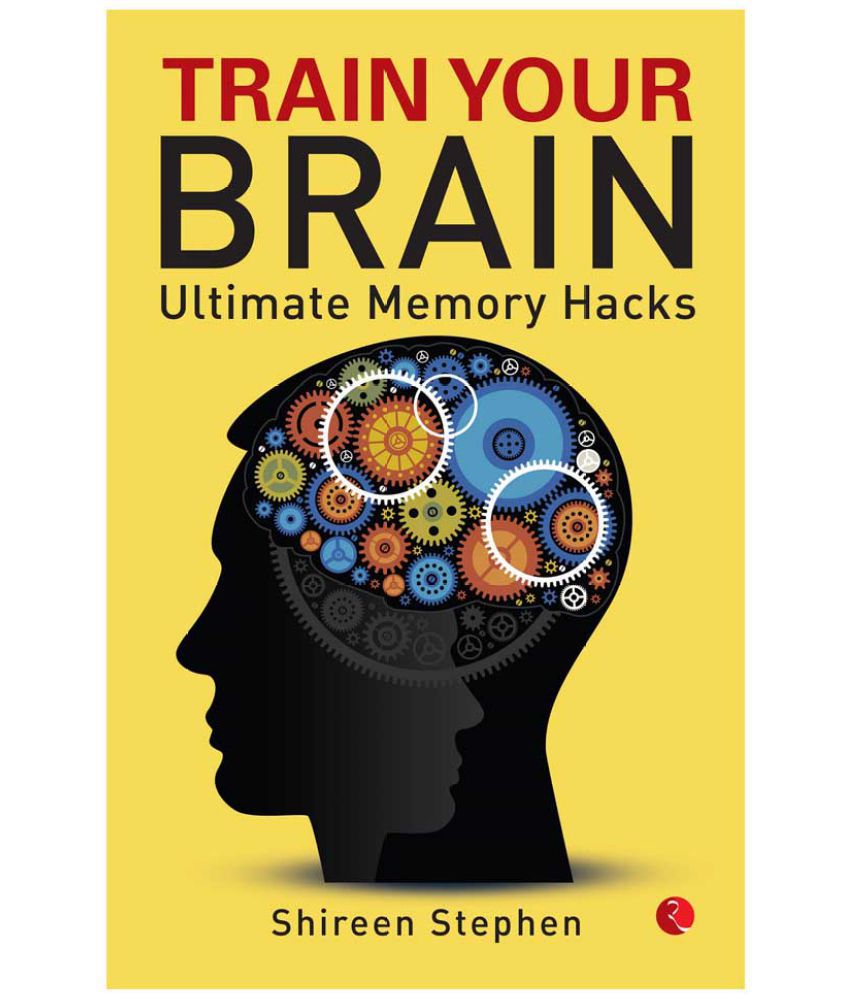
Visual processing time is challenged and slowed by noisy images, low contrast or closely spaced information (like small fonts). If we haven’t yet processed the prior set of information, we can’t understand it. Once they do so, we’re taking in more information from whatever the eyes focus on next. Reading at our normal pace, the brain has only about 250 milliseconds to do this work until the eyes automatically move onto the next letter or word. Then the brain must coordinate activity across sets of neurons to assemble these features into recognizable objects like chairs, faces, letters or words. After training, the older adults’ ability to see low-contrast images improved to the level that the college-age ones had before training.Īfter first taking in “raw data” of an image through the eye, different sets of neurons in the brain process it as separate features like edges and colors.
#Trainiing your brain app Patch
One study published in Psychological Science trained 16 college-aged adults and 16 older adults (around age 71) with Gabor patch exercises for 1.5 hours per day for seven days. However, other studies with no commercial links obtained similar results, and several scientists I spoke to, including those without ties to GlassesOff, thought the science behind the app was credible. It should be acknowledged that some researchers involved in many of these studies have financial ties to GlassesOff. It may also improve vision in those with mild myopia (nearsightedness). Similar training is an effective component in treating amblyopia, also called “ lazy eye,” which is the most frequent cause of vision loss in infants and children, affecting 3 percent of the population. Compared with a control group of 20 young adults, the treatment group increased letter recognition speed. For example, a study tested the approach in 23 young adults, around age 24. Perceptual learning can improve the vision of people who already see quite well and those with other conditions. Various smartphone apps say they offer this kind of vision-improving training I used one called GlassesOff, the only one I found that was backed by scientific studies.



One study also examined functions of the eye itself and found none of these improvements were because of changes in the eye. Do this and similar exercises hundreds of times over multiple sessions weekly continue for months and, gradually, presbyopia lessens, a number of studies show.


 0 kommentar(er)
0 kommentar(er)
